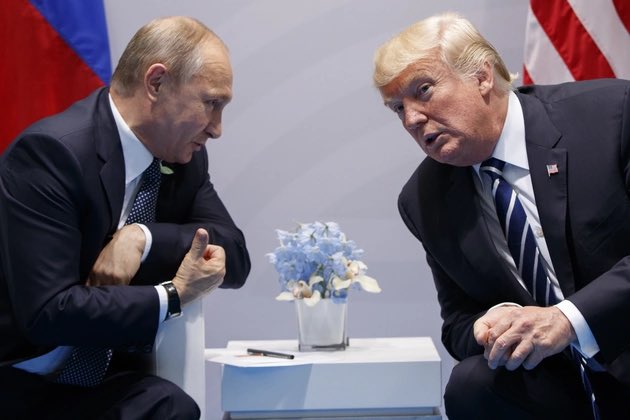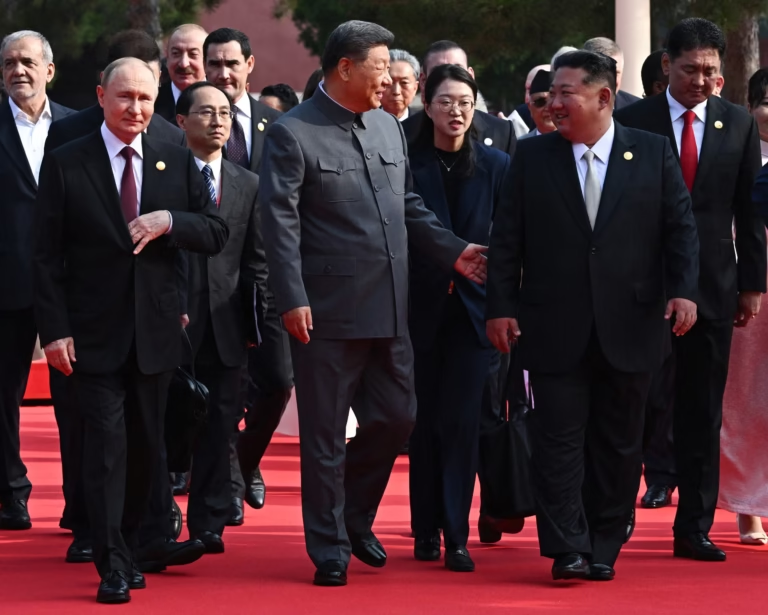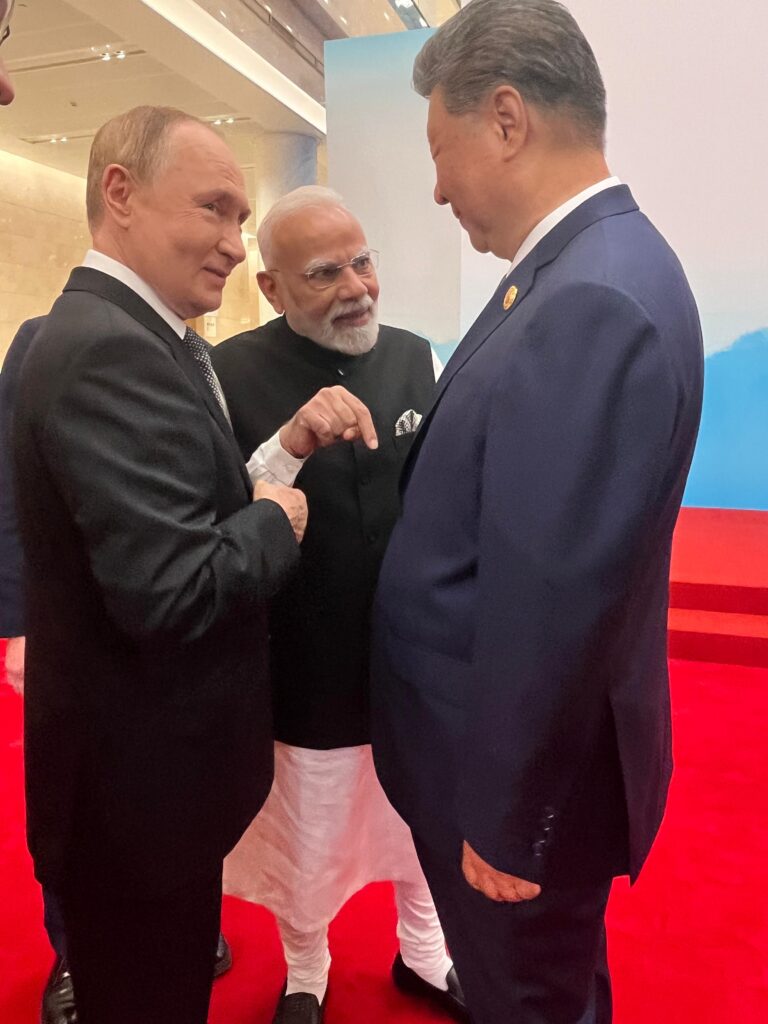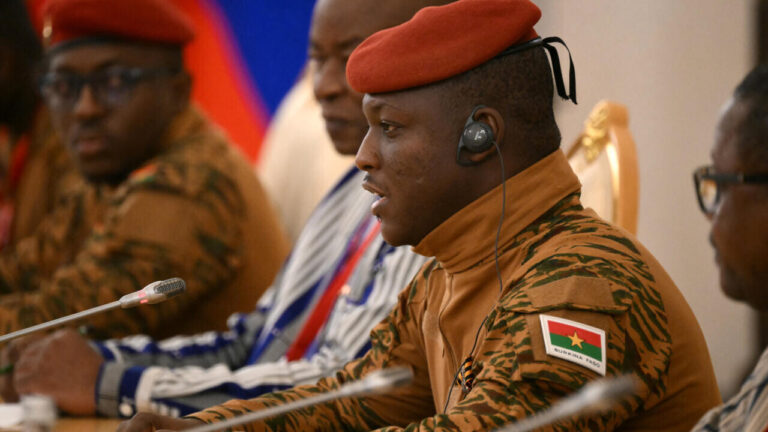
On August 15, 2025, U.S. President Donald Trump will meet Russian President Vladimir Putin at Joint Base Elmendorf-Richardson in Anchorage, Alaska, in what is being billed as one of the most consequential diplomatic events of Trump’s second presidency. The summit, the first face-to-face meeting between the two leaders since 2019, is ostensibly focused on ending the Russia-Ukraine war, now in its fourth year of unrelenting conflict. However, the exclusion of Ukrainian President Volodymyr Zelenskyy and European leaders from the talks has sparked intense controversy, raising fears that the summit could reshape the global order in ways that marginalize Kyiv and fracture Western unity. This blog dives into the stakes, the dynamics, and the potential outcomes of this high-stakes encounter, while critically examining the implications of sidelining Ukraine and Europe.
The Context: A War, a Promise, and a Symbolic Venue
The Russia-Ukraine war, which escalated with Russia’s full-scale invasion in February 2022, has left millions displaced, cities devastated, and global markets rattled. Trump, who campaigned in 2024 on a promise to end the war “within 24 hours,” has made this summit a centerpiece of his foreign policy agenda. Since taking office in January 2025, he has oscillated between conciliatory overtures to Putin and threats of economic pressure, such as tariffs and sanctions, to force Russia to the negotiating table. The choice of Alaska as the venue carries symbolic weight: once Russian territory sold to the U.S. in 1867, it evokes a history of territorial deals, which some fear foreshadows Trump’s approach to resolving the conflict through “land swaps.”
The summit follows months of stalled negotiations, punctuated by Trump’s February 2025 phone call with Putin, meetings between U.S. Secretary of State Marco Rubio and Russian Foreign Minister Sergey Lavrov, and a visit by Trump’s envoy Steve Witkoff to Moscow. Despite these efforts, Putin has not relented on his maximalist demands, which include Ukraine ceding four annexed provinces (Luhansk, Donetsk, Zaporizhzhia, and Kherson), recognizing Russia’s 2014 annexation of Crimea, and adopting a neutral status to block NATO membership. Meanwhile, Ukraine and its European allies have rejected these terms, insisting that any deal must respect Ukraine’s sovereignty and territorial integrity.
The absence of Zelenskyy and European leaders from the Alaska talks has amplified concerns that Trump and Putin may attempt to broker a deal over Ukraine’s head, reminiscent of Cold War-era great-power summits that decided the fate of smaller nations. This exclusion has triggered a flurry of diplomatic activity, with Zelenskyy and German Chancellor Friedrich Merz participating in a video conference with European leaders and Trump on August 13, 2025, to assert Ukraine’s red lines.
Sidelining Ukraine and Europe: A Dangerous Precedent
The decision to hold bilateral talks without Ukraine’s direct involvement has drawn sharp criticism from Kyiv and European capitals. Zelenskyy has been unequivocal, stating, “Any decisions that are without Ukraine are at the same time decisions against peace.” He argues that excluding Ukraine from negotiations undermines its sovereignty and risks legitimizing Russia’s aggression. This sentiment is echoed by European leaders, who fear a “Yalta 2.0” scenario where great powers carve up spheres of influence, sidelining smaller nations.
European leaders, including EU Foreign Policy Chief Kaja Kallas, French President Emmanuel Macron, and UK Prime Minister Keir Starmer, have issued a joint statement emphasizing that “the path to peace in Ukraine cannot be decided without Ukraine.” They are particularly wary of Trump’s openness to territorial concessions, which clashes with the principle that international borders must not be changed by force. Germany’s Chancellor Merz has explicitly warned against decisions made “over the heads of Europeans and Ukrainians.”
The sidelining of Europe is equally troubling. The EU and NATO have been critical in supporting Ukraine with military aid, economic assistance, and sanctions against Russia. Yet, Trump’s decision to negotiate directly with Putin signals a disregard for the multilateral frameworks that have underpinned Western unity. This move risks exposing fissures in the NATO alliance, especially given Trump’s ambivalence toward NATO commitments and his past threats to reduce U.S. support.
Critics argue that this bilateral approach plays into Putin’s hands. By framing the conflict as a U.S.-Russia issue, Putin reinforces his narrative that Ukraine is a pawn in a great-power struggle, not a sovereign nation with agency. For Putin, the summit itself is a diplomatic victory, granting him legitimacy on U.S. soil despite being an internationally wanted war criminal. The exclusion of Europe also weakens its strategic position, as the EU lacks the military clout to counterbalance U.S.-Russia talks and risks being relegated to a spectator role in shaping its own security architecture.
The Stakes: What’s on the Table?
The summit’s agenda is dominated by the Ukraine war, but its implications extend far beyond. Trump and Putin are likely to discuss:
- Ceasefire and Territorial Swaps: Trump has floated the idea of “territorial swapping” to resolve the conflict, suggesting that Ukraine could cede occupied territories in exchange for peace. Putin’s demands include control over the four annexed provinces and Crimea, alongside Ukraine’s demilitarization and neutrality. Ukraine, however, insists on restoring its 1991 borders, viewing any territorial concessions as a betrayal of national identity.
- U.S.-Russia Relations Reset: Beyond Ukraine, Trump is reportedly interested in resetting U.S.-Russia relations, potentially to counterbalance China’s growing influence. This could involve deals on Arctic cooperation, rare earth metals, or resuming direct flights and diplomatic missions. Such a reset would have significant geopolitical implications, potentially weakening NATO and emboldening Russia’s ambitions in Europe.
- Economic Pressures: Trump has threatened secondary sanctions and tariffs on countries trading with Russia, such as India, which faces a 50% tariff on its goods for importing Russian oil. These measures aim to pressure Putin but risk alienating strategic partners and destabilizing global markets.
- NATO and Ukraine’s Future: Putin may push for limits on Ukraine’s military capabilities and NATO expansion, while Trump’s administration has signaled skepticism about Ukraine’s NATO membership prospects. This could undermine Ukraine’s security and embolden Russia to pursue further aggression.
Predicted Outcomes: Scenarios and Their Likelihood
Given the entrenched positions of all parties, the summit’s outcome is uncertain, but several scenarios are plausible based on current dynamics and historical patterns:
- Optics-Only Summit (45% Likelihood): The most likely outcome is a summit that produces vague pledges and symbolic gestures, such as a handshake and commitments to further talks. Trump may claim a diplomatic win to bolster his image, while Putin gains legitimacy without making substantive concessions. This scenario avoids immediate escalation but leaves the conflict unresolved, with Ukraine and Europe frustrated by the lack of progress.
- Limited Humanitarian or Ceasefire Framework (25% Likelihood): The summit could yield minor agreements, such as prisoner-of-war swaps, nuclear safety measures, or a temporary pause in Russia’s air campaign to reduce civilian casualties. A broad ceasefire framework might be outlined, potentially freezing the current line of contact. However, such a deal would likely be ambiguous, allowing Russia to interpret it in its favor while pressuring Ukraine in future talks.
- Territorial Concession Deal (15% Likelihood): Trump might push for a deal involving Ukraine ceding eastern territories, such as parts of Donetsk, in exchange for a ceasefire. This would align with Putin’s demands but face fierce resistance from Ukraine, which views territorial integrity as non-negotiable. Such a deal could lead to a Trump-Putin-Zelenskyy summit, where Zelenskyy would face intense pressure to accept or risk losing U.S. support.
- U.S.-Russia Reset with Broader Implications (10% Likelihood): The summit could produce a framework for resetting U.S.-Russia relations, identifying areas for cooperation like Arctic development or trade. This would be a strategic win for Putin, potentially weakening NATO and encouraging Russia to pursue further territorial gains in Europe.
- Complete Failure (5% Likelihood): If Putin refuses to moderate his demands and Trump’s threats of sanctions prove hollow, the summit could collapse without agreement. This would embarrass Trump domestically and increase pressure on him to escalate military aid to Ukraine or impose harsher sanctions, risking a direct U.S.-Russia confrontation.
Implications of Sidelining Ukraine and Europe
The exclusion of Zelenskyy and European leaders risks several long-term consequences:
- For Ukraine: A deal imposed without Kyiv’s consent would undermine Ukraine’s sovereignty and embolden Russia to continue its aggression. Zelenskyy’s rejection of territorial swaps reflects both constitutional constraints and public sentiment, with polls showing waning but still significant support for continuing the fight. If Trump pressures Ukraine to accept a deal, Zelenskyy may face a political crisis, potentially leading to his resignation or a fractured government.
- For Europe: The summit threatens to weaken NATO and the EU’s cohesion. European leaders fear that a U.S.-Russia deal could validate Russia’s territorial gains, setting a precedent for resolving conflicts through coercion. Countries like Poland, Finland, and the Baltic states, on Russia’s frontline, are particularly concerned about a resurgent Moscow. A weakened NATO could also prompt Europe to accelerate its own defense integration, though this remains a long-term project.
- For Global Order: A successful U.S.-Russia reset could signal a return to great-power politics, where smaller nations’ fates are decided by dominant players. This would undermine international norms against territorial aggression and embolden other authoritarian regimes. Conversely, a failed summit could escalate tensions, potentially drawing the U.S. deeper into the conflict with unpredictable consequences.
Critical Analysis: Trump’s Gamble and Putin’s Leverage
Trump’s approach is driven by a mix of pragmatism, ego, and a desire to fulfill his campaign promise. His willingness to engage Putin directly reflects his preference for bilateral, transactional diplomacy over multilateral alliances. However, this strategy risks miscalculating Putin’s intentions. The Russian leader, who views himself as a “long power” with time on his side, has little incentive to compromise while his forces make battlefield gains. Putin’s history of dragging out negotiations, as seen in the Minsk accords, suggests he may use the summit to buy time while consolidating control over occupied territories.
Trump’s exclusion of Ukraine and Europe also reflects his frustration with Zelenskyy’s intransigence and Europe’s reliance on U.S. security guarantees. Yet, this approach ignores the reality that Ukraine’s resistance is not just about territory but about national survival. Forcing Kyiv into concessions could destabilize Ukraine’s government and alienate European allies, who have invested heavily in Ukraine’s defense.
Putin, meanwhile, holds a stronger negotiating position. Russia’s recent battlefield successes, including breakthroughs in eastern Ukraine, reduce the urgency for a ceasefire. The summit’s location on U.S. soil and Trump’s reluctance to impose promised sanctions further bolster Putin’s confidence. By engaging Trump without Ukraine present, Putin can exploit divisions between the U.S. and its allies, potentially securing concessions that advance Russia’s broader geopolitical aims, such as weakening NATO or gaining economic relief.
Conclusion: A Summit Fraught with Risk
The Trump-Putin summit on August 15, 2025, is a high-stakes gamble with profound implications for Ukraine, Europe, and the global order. While a symbolic handshake or limited humanitarian agreements are the most likely outcomes, any deal involving territorial concessions or a U.S.-Russia reset would come at a steep cost. Sidelining Ukraine risks undermining its sovereignty and emboldening Putin, while excluding Europe threatens to fracture Western unity at a time when solidarity is critical.
For Zelenskyy, the summit underscores the precariousness of Ukraine’s reliance on U.S. support. For European leaders, it is a wake-up call to bolster their own defense capabilities. For the world, it is a reminder that great-power diplomacy can reshape the fate of nations, often at the expense of those not at the table. As the world watches Alaska, the balance between realpolitik and principle will be tested, with consequences that could echo for decades.



